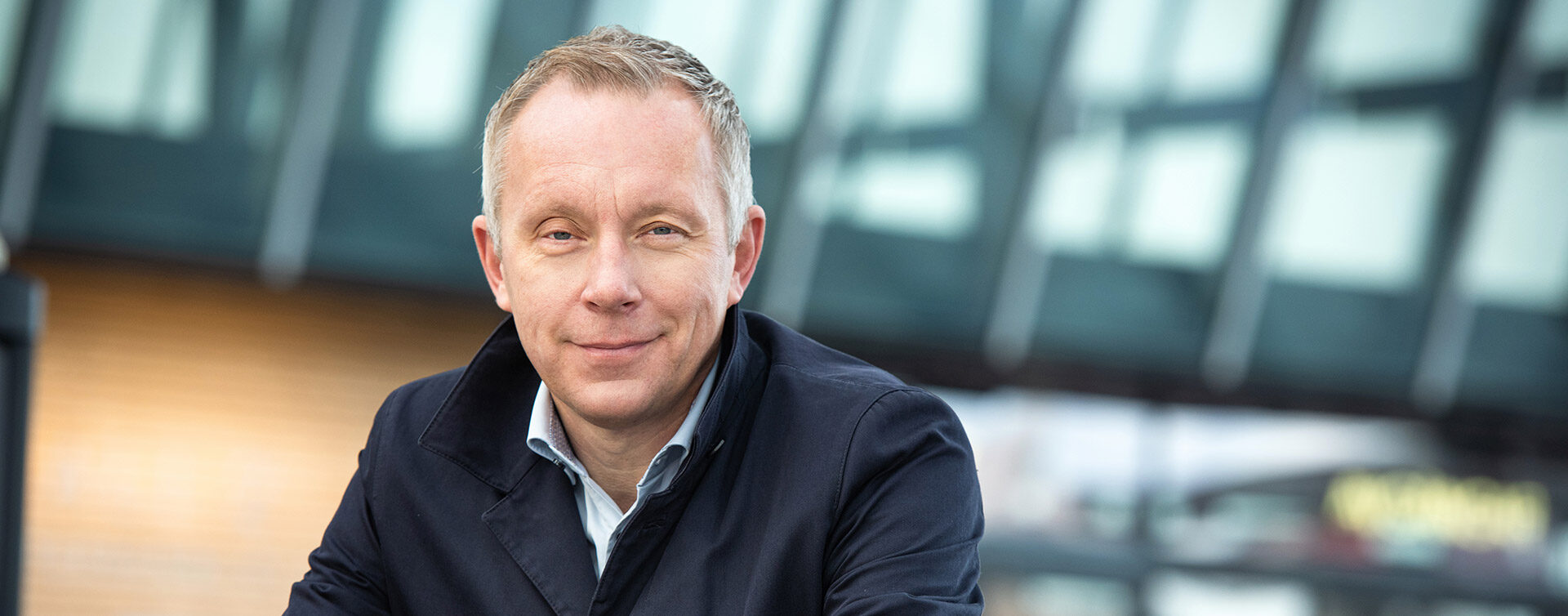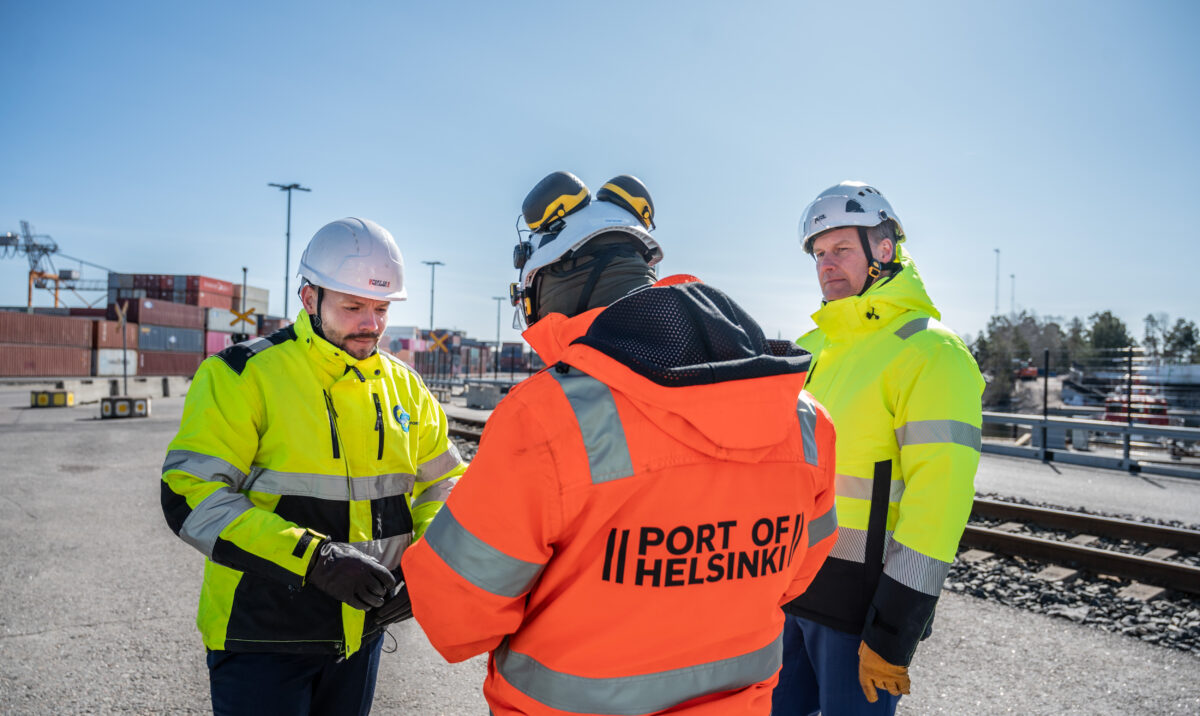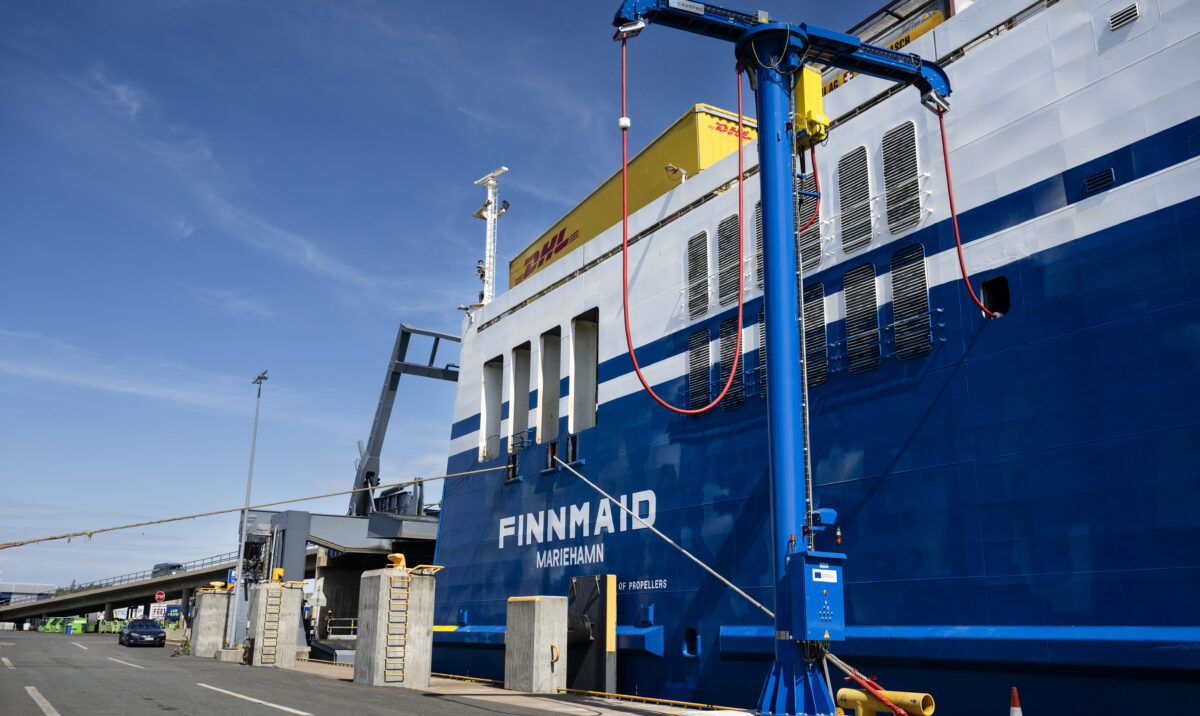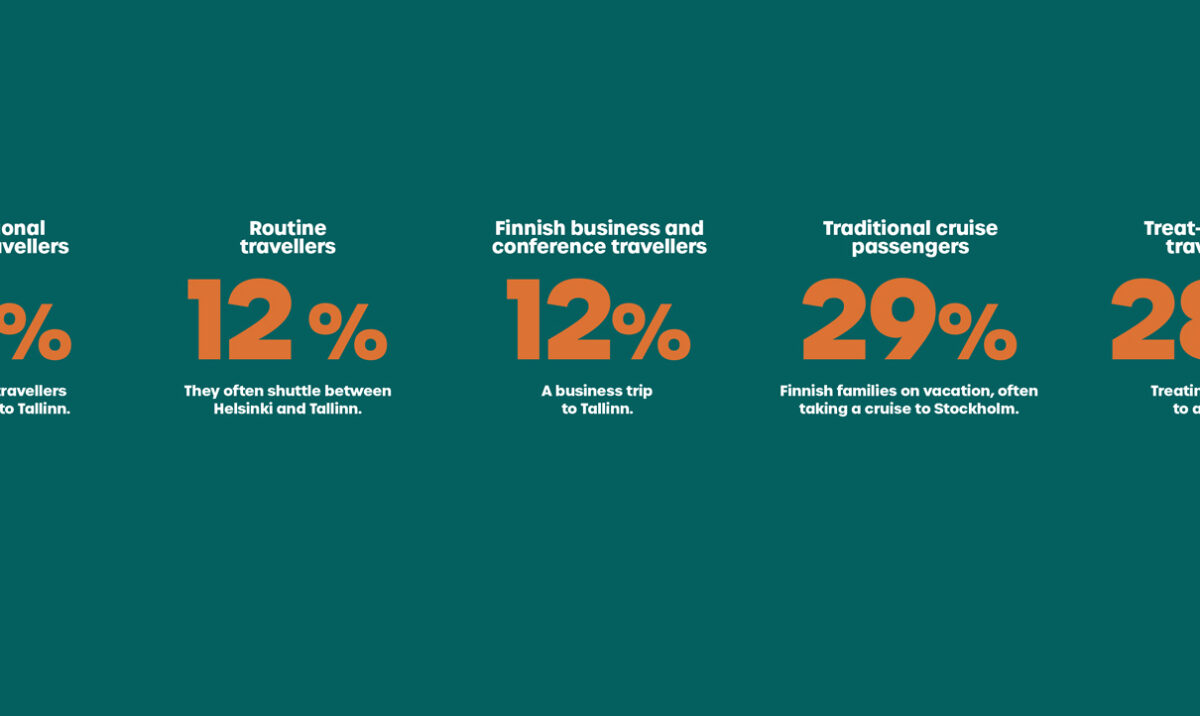
Land routes play an important role in maritime transport
Finland is now even more dependent on maritime transport. Which means that maintaining road and rail infrastructure is also more important than ever.
Finland’s logistical accessibility has deteriorated in terms of both air and land connections. Aircraft no longer fly over Russia, and almost the entire eastern border has been closed.
“Now, more than ever, we need to ensure that we have both freight and passenger transport connections to the rest of the world. And the Government also has to invest in them,” says Ville Haapasaari.
Accessibility relies on the entire supply chain, not just a particular air or sea route.
The Port of Helsinki’s CEO points out that accessibility relies on the entire supply chain, not just a particular air or sea route.
“Take forestry, for example, which is an important industry for Finland. The transport chain starts at the end of the forest track where the trees are being felled,” he says.
It is clear to Haapasaari that Finland will have to make savings in the public sector during the next government term. However, these savings need to make sense.
“Transport connections are not something that’s worth saving money on at this time.”
Basic transport infrastructure maintenance is vital
Haapasaari says that what happens with land routes in Finland is also of great significance to ports and maritime traffic.
“Basic transport infrastructure, and ensuring sufficient funding for its maintenance, is still a primary factor,” says Haapasaari.
In the permanent secretaries’ policy brief for government negotiations, the Ministry of Transport and Communications would like to increase funding for basic transport infrastructure and also have it tied to an index in the future. However, the Ministry of Finance sees it as an area in which cuts can be made.
“The transport sector’s voice should now be strong enough and loud enough to ensure that we get the funding that was originally determined as sufficient.”
Haapasaari is referring to the National Transport System Plan (NTSP), which is a twelve-year programme. It aims to ensure extensive parliamentary approval for the investments required in the transport system and continued commitment to them across government terms. When it comes to budget-funded infrastructure maintenance, there will always be some wrangling over the regional distribution of resources. However, cuts have also been made to transport projects during the NTSP period.
We have not been able to reduce the road repair backlog.
Haapasaari notes that, “If there’s a need to make savings during a government budget session, then cuts will be made no matter what a long-term programme says.”
In practice, funding for infrastructure maintenance is usually not even allocated at the budgeted level.
“Road maintenance has been a major factor for years. We’re well aware of the road repair backlog in Finland, yet it has not been addressed and our infrastructure is deteriorating.”
Haapasaari thinks that it’s good that Finland has long-term plans like the NTSP, but the Government must also be committed to implementing these plans.
“It shouldn’t depend on what kind of government we have.”
To date, it has been easy to cancel transport projects in an effort to make all kinds of savings. With the possible exception of major rail projects, transport issues were not even raised for discussion during this spring’s election debates.
“In rail transport, the most important thing is to at least keep the existing infrastructure in good working order,” says Haapasaari.
He thinks that Scandinavian Shield rail lines make for good supplementary connections in terms of security of supply, but will never be able to transport the volume of goods that pass through ports.
The green transition is everybody’s business
According to Haapasaari, the conclusion that can be drawn from the recent parliamentary elections is that the green transition and the associated need to reduce emissions have become part of almost every programme.
“I doubt there will be any major changes there. And that’s a good thing,” he says.
Haapasaari thinks that the green transition should also be promoted through national programmes rather than simply relying on EU funding.
Port fairway dues will most likely continue to be a point of contention. Fairway dues were halved as the Sulphur Directive increased transport costs in the Baltic Sea. As it owns the fairways, the State receives the fairway dues. The annual price tag for halving these charges is about EUR 50 million. While the Ministry of Transport and
Communications sees a need to reform the system for paying fairway dues, the Ministry of Finance believes that these fees should no longer be halved. Haapasaari agrees with the Ministry of Transport and Communications.
“We need to thoroughly re-evaluate the system for paying fairway dues, and fees should continue to be halved while this evaluation is being made.”
Haapasaari says that one of the system’s flaws is that it doesn’t take differences between fairways into account. Fairways are of different lengths and, for example, the fairway dues paid by a cruise ship visiting Helsinki in the summer will include costs for icebreaking, even though it is not required during the cruise season.





